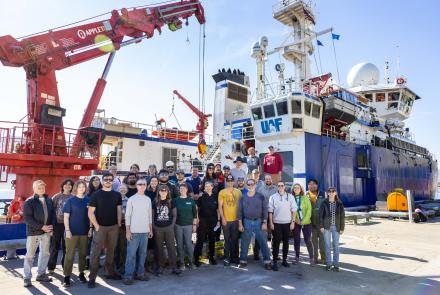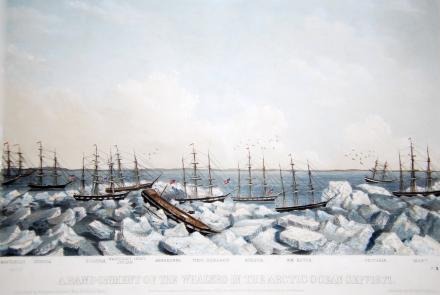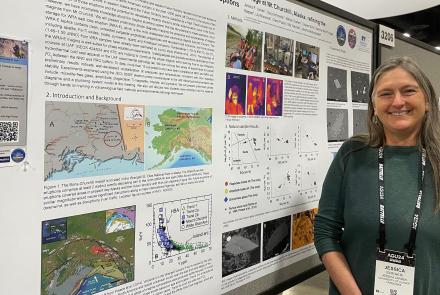Brother, Can You Spare a Moon?
As Marion Sindorf of Palmer fed her horses one January morning, she noticed something amiss with the moon. Next to the lunar orb was another, fainter version of itself. She called her husband John, and together they watched the rising sun chase both moons over the western horizon.
The Sindorfs, who sent a letter about the moons to me, are not the only northerners to have seen more than one moon. Polar explorer Fridtjof Nansen included sketches of the phenomenon in his 1897 book, Farthest North. Hudson Stuck, the missionary author of Ten Thousand Miles with a Dog Sled, saw a trio of moons near Bettles in 1906: "The moon, little past her full, had a great ring around her, faintly prismatic; and equidistant from her, where a line parallel with the horizon would cut the ring, were two other moons distinct and clear. It was a strangely beautiful thing, this sight of three moons sailing aloft through the starry sky."
The mysterious multiple moons became less so when I asked Glenn Shaw, a physics professor at the Geophysical Institute, to read the Sindorf's letter. He quickly pegged the phenomena seen by the explorers and the Sindorfs as "moon dogs."
Moon dogs are the paler version of sun dogs: bursts of light-often in reds and blues-that appear on both sides of the sun. Both phenomena are the work of almost invisible clouds that reside in the atmosphere where commercial airliners cruise, at about 30,000 feet. The clouds are composed largely of ice crystals, known as diamond dust.
The crystals take on two primary shapes--flat hexagons that look like stop signs, and rods shaped like pencils. Both types of crystals are small enough that five of them could line up side-by-side on the edge of a dime. The dogs come out when these crystals fall past the sun or the moon and bend sunlight as a glass prism does, separating light into its component colors. Because the crystals deflect sunlight at a 22-degree angle, a halo often forms, with a bright spot appearing to the right and left of the sun or moon.
Double moon dogs, such as those Stuck observed, are seen when the high cloud cover is uniform. The Sindorfs saw only one moon dog probably because the ice crystals were patchy, and did not completely cover the part of the sky between the moon and the Sindorfs' eyes.
In wintry places like Alaska, ice crystals often form closer to the ground than 30,000 feet. When they do, they create illusions like the light pillars that inspired Don Kiely of Fairbanks to e-mail me. When Don drives the Dalton Highway, he occasionally anticipates approaching trucks by columns of light that rise from the highway even before he sees the trucks. Pillars happen when ice crystals waft through the air like falling leaves, then light, such as truck headlights, reflects off the undersides of the crystals. When light reflects off the top surface of those falling crystals, a pillar forms beneath the light source. Such is the effect when a band of light appears directly beneath the sun, bathing the earthly point below in seemingly divine light.





